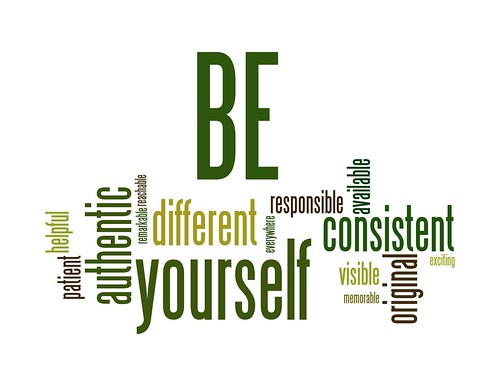This article originally appeared in the June 2017 issue of Marketing the Law Firm.
Schmoozing used to be a valuable skill for an attorney to possess. The ability to converse with clients in a social setting, work a room at a networking event, make a proper introduction, and pick up a lunch check were all essential parts of creating an image of accomplishment, competence and connection.
Today, you are more likely to find an attorney tweeting a link to a recent court decision, posting a blog on LinkedIn, or recording a podcast for distribution across the Internet. Instead of giving a speech to a business trade group, a time-stressed lawyer might prefer to prepare a webinar to be broadcast at a later date.
Which of these approaches to business development – the personal touch or the electronically connected – is more effective at capturing the attention and legal business of potential clients? The answer is both.
As much as “old school” traditionalists will defend the need to make a personal connection, it is a slow process, limited by the number of individuals one can reach out to at one time. While building and maintaining an online presence offers the potential of a much wider audience, rarely have I heard of a client retaining a law firm over the Internet. A face-to-face meeting is almost universally required.
The secret is to blend the old and new in order to develop an effective “personal brand” which can assist in making useful connections with potential clients. A lawyer focused on business development (and EVERY lawyer at your firm should be focusing on business development) must be prepared to apply proven personal touches through new communication technologies.
The fact is that the message remains the same, only the delivery channels are different. You want to present yourself and your firm as highly competent, experienced and successful proven leaders who are the best choice to provide legal representation.
Successful business developers use online tools to create opportunities in which they can make personal connections. Here are some of the best of both worlds.
A robust LinkedIn presence is important. Perhaps you have been slow to embrace LinkedIn, or you struggle to find the time to be an active participant. Rest assured, your clients have not. LinkedIn has become the “go-to” site for people looking for alternatives and options in legal services. Even if a friend or client refers someone to you, be aware that many will check you out on LinkedIn before they go to your firm website.
In client interviews that I have conducted, I have heard general counsel say that navigating LinkedIn is easier and faster than navigating a firm website, and that LinkedIn often provides more information. You may be disqualified before they ever get to your firm bio!
Your LinkedIn profile must be complete, including an attractive photo. Discard your law school graduation snapshot and invest in a professionally produced portrait. Get help writing your summary to make sure it is succinct, including the correct keywords to attract clients you are seeking.
Make as many connections as possible as if building your “Rolodex,” only at a much faster clip. Savvy clients will have no hesitation using connections to get in touch with you, or to use “social proof” to assess you as a potential attorney.
Show What You Know
Attorneys tend to write dense articles for legal publications to show off how well versed they are in the intricacies of the law. That is wonderful if your aim is to impress other attorneys. But if you want to capture the attention of a client who needs someone to solve a problem, your writing must be aimed at a different target. This is where content marketing comes into play.
Penning a piece that breaks down the law into terms a CEO or GC can understand has always been an effective way to establish your reputation as a thought leader. In the past, the barrier was finding a business or trade publication willing to publish your work. That barrier has fallen – you can self-publish in the form of a blog or white paper that can then be syndicated for distribution through multiple social media channels, including LinkedIn, Facebook, Twitter and online groups that serve specific vertical markets.
It takes time to develop and write a worthwhile article, but the power of publishing helps to break down doubts and shorten the acceptance cycle with potential clients. Demonstrate that you are the person with the knowledge to solve problems.
Channel Personal Contacts
While having hundreds of LinkedIn contacts or Twitter followers is a great way to disseminate information broadly, winning new legal work still comes down to funneling those broad connections into a personal contact. When someone’s attention is piqued, that is your cue to go “old school” and ask for a meeting.
Technology can help here, too. Prepare for the meeting by doing your homework, researching a potential client online and looking for LinkedIn connections that can help with a referral or endorsement. If you attend a networking event or conference, research attendees in advance and make plans to connect in person.
Can’t nail down a meeting date? Busy prospects do not always have time for a meet-and-greet over lunch, or the ability to visit your offices. Do the next best thing by setting up a video conference. This will provide the opportunity to observe facial expressions, body language and all the other clues that would be apparent if you were sitting across the table.
A Matter of Trust
Electronic communications tools and tricks available today play an important role in marketing your personal brand and that of your firm. The relationship between a client and attorney is still developed by, and relies upon, personal trust. It cannot be achieved remotely. Just as you learn and practice new skills to utilize Twitter, Linkedln and other communications channels, you must also hone your skills at communicating one-on-one with a client.

